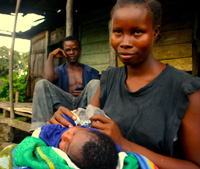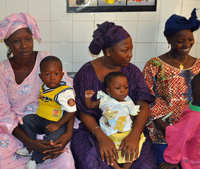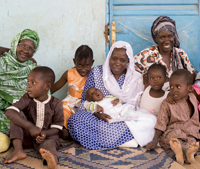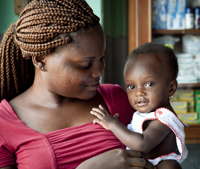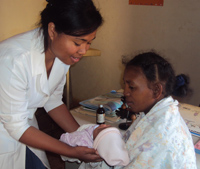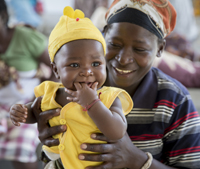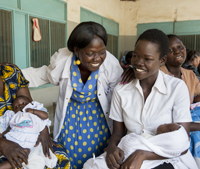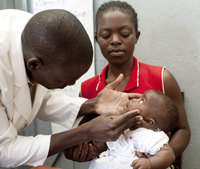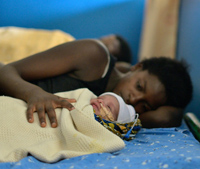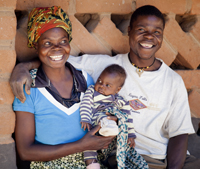Essential Health Services Country Snapshot Series
Categories: Announcements, Health Insurance (CBHI, SHI), Maternal, Neonatal and Child Health (MNCH), Publications, Tools, Universal Health Coverage, Where We Work
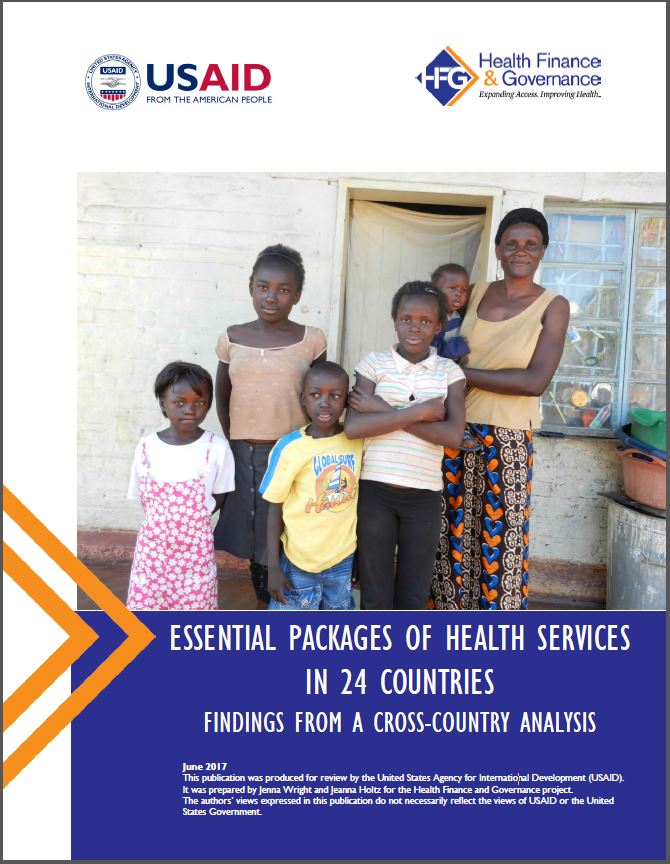 This series of briefs on essential packages of health services (EPHS) and health benefit plans explores how governments in 24 Ending Preventable Child and Maternal Deaths (EPCMD) countries use these instruments to prioritize certain health services and determine where to concentrate scarce resources for health. An EPHS can be defined as the package of services that the government is providing or is aspiring to provide to its citizens in an equitable manner.
This series of briefs on essential packages of health services (EPHS) and health benefit plans explores how governments in 24 Ending Preventable Child and Maternal Deaths (EPCMD) countries use these instruments to prioritize certain health services and determine where to concentrate scarce resources for health. An EPHS can be defined as the package of services that the government is providing or is aspiring to provide to its citizens in an equitable manner.
Essential packages are often expected to achieve multiple goals: improved efficiency, equity, political empowerment, accountability, and altogether more effective care. Health benefit plans are health programs that, a) have a minimum set of explicit guarantees, b) are financed with public resources, and c) are linked to the needs or social preferences of the population to be covered.
The cross-country analytic report above compares how different governments define and use an EPHS and related policies and programs to improve the breadth and depth of health service coverage. Below, a country snapshot for each of the 24 countries identifies the contents of the country’s EPHS; provides context for how the EPHS contributes to governance of the health sector; and analyzes the extent to which priority reproductive, maternal, newborn and child health interventions are represented in the EPHS.
In the 16 countries with prominent health benefit plans, an accompanying brief presents results of a mapping exercise that analyzes the degree to which health benefit plans cover essential health services. Finally, an in-depth case study in Ethiopia explores how policy makers and experts define and link the policy objectives of the essential package of health services, social health insurance and community-based health insurance. The case study discusses how these priority-setting instruments evolved and whether, within a single country, they are aligned.







